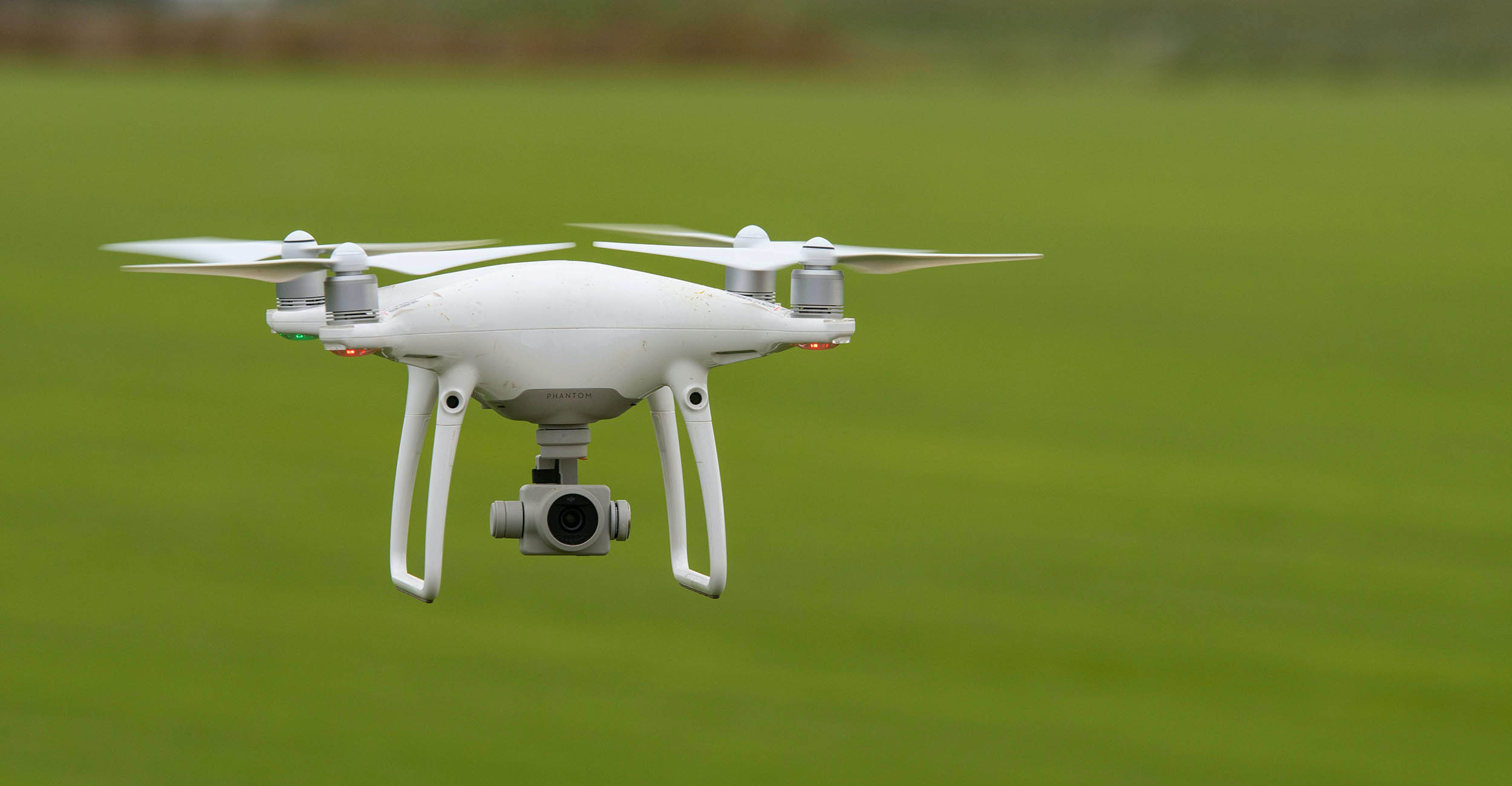
OSU multi-state drone project receives national award
Friday, December 16, 2022
Media Contact: Alisa Boswell-Gore | Agricultural Communications Services | 405-744-7115 | alisa.gore@okstate.edu
A multi-state collaborative project studying the use of unmanned aircraft systems in agriculture was recently awarded the 2022 National Excellence in Multi-state Research Award.
The award, allocated by the Southern Association of Agricultural Experiment Station Directors, recognizes a collaborative research project among multiple institutions for demonstrating high standards of scientific quality, research relevance to a regional priority, multi-state collaboration on the problem's solution and professional leadership in the conduct of the project.
The complex and expensive technology limits the capacity of a single university. The coordinated effort of this committee has shared the workload and reduced duplication to lower some of those costs,” said Randy Raper, assistant director of Oklahoma State University Ag Research and administrative advisor on the project. “This project has identified reliable, cost-effective and user-friendly drone platforms and sensors for monitoring and managing stressors in agriculture and natural resources.”
Remote sensing with drones provides a new way of characterizing landscapes, individual plants and animals, and their various stressors. However, regulations, costs, and limited research and education have prevented the widespread use of drones for agriculture and natural resources.
Prior research focused on drone use in a single field or with a specific crop or stressor. With a diversity of experts in multiple states, this five-year project tested drones in a wide variety of real-world agricultural situations, which resulted in developing hardware/software systems and protocols that maximize data accuracy for capturing plant canopy reflectance, plant height and plant canopy temperature. Other areas of collaborative research within the project included:
- Discovering how pests and disease can be detected by aerial drones before economic yield loss thresholds are reached.
- Integrating weather with crop data to develop predictive models for data-based production management decisions and maximize resources.
- Targeting production practices that contribute to surface water issues through responsible application of chemicals and improvement of off-target effects.
“The first phase of the project created relationships and established a foundation that allowed the project to continue,” Raper said.
New drone-based strategies are addressing many issues in agriculture, he added. Some researchers developed drones to scout for pests and apply targeted treatment in fruit, nut and row crops. Others designed drone systems to monitor plant water stress and help manage pastured livestock by assessing forage quality, detecting stray herds and creating 3D renderings of animals to calculate market value. The project’s drones are also being used to evaluate the responses of various genes related to crop stressors and to identify plants for crop breeding programs. This is critically important as the climate changes and pests adapt to current control methods, Raper said.
“To maximize resilience and productivity, researchers, farmers and natural resource managers need to know how plants and animals — and landscapes as a whole — are affected by changing environmental conditions and other stressors,” he said. “This knowledge enables them to respond quickly to stressors with appropriate, targeted mitigation tactics. This knowledge also guides researchers as they breed plants and animals and develop better management practices.”
The team of researchers from more than two dozen institutions has developed a digital logbook for drone operations with features for a variety of users. They have also created fact sheets to help stakeholders understand the regulations and licensing required for drone use. Workshops on risk management for current and potential drone users are available as well as Extension programs, materials and digital resources like websites, videos and datasets. Project members have produced over 100 peer-reviewed publications.
“Over the years, this group’s multi-state, multi-disciplinary research and outreach have helped overcome barriers and accelerate broader use of drones in agriculture and natural resources,” Raper said. “By efficiently collecting large amounts of data, drone use can result in better decision making, greater advances in plant and animal breeding, and more profitable and sustainable management.”
The Southern Association of Agricultural Experiment Station Directors is one of five regional associations with responsibility for facilitating cooperation of regional and national research supported in part by the Multistate Research Fund, a federal appropriation authorized by the Hatch Act.
